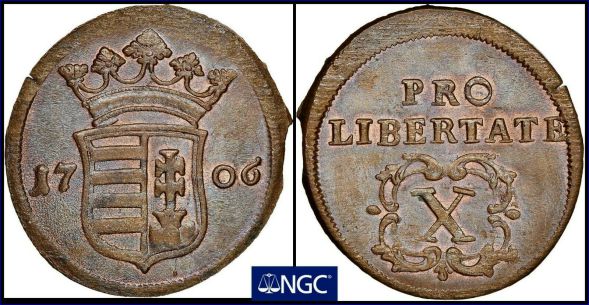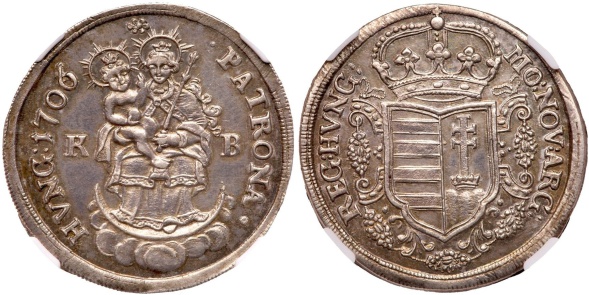Transylvania
The princes of Transylvania were sandwiched between the Ottoman Empire to the south and the Hapsburg dominions to the west and attempted to maintain independence from both. The Hapsburgs reconquered Hungary from the Turks in the 1680's and ended Transylvanian autonomy.
The Habsburgs acquired the territory shortly after the Battle of Vienna in 1683. In 1687, the rulers of Transylvania recognized the the rule of the Habsburg emperor Leopold I, and the region was officially attached to the Habsburg Empire. The Habsburgs acknowledged Principality of Transylvania as one of the Lands of the Crown of Saint Stephen,but the territory of principality was administratively separated from Habsburg Hungary and subjected to the direct rule of the emperor's governors. In 1699 the Turks legally conceded their loss of Transylvania in the Treaty of Karlowitz; however, some anti-Habsburg elements within the principality submitted to the emperor only in the 1711 Peace of Sathmar. After the Ausgleich of 1867, the Principality of Transylvania was abolished and its territory was absorbed into Transleithania or the Hungarian part of the newly established Austro-Hungarian Empire.The Principality of Transylvania, from 1765 Grand Principality of Transylvania, was a crown land of the Habsburg Monarchy and a constituent land of the Austrian Empire.
1706, Hungary, Ferenc II Rákóczi. Copper 10 Poltura Coin. Revolutionary Coinage. Huszar 1535, KM-264.1. Copper, 31mm Weight: 6.54gm.
Obv: Crowned Hungarian coat of arms splitting date (17-06). Rev: Legend in two lines (PRO LIBERTATE) above value (X) within foliage. NGC MS-66 BN.
Rákóczi’s War for Independence (1703–1711) was the first significant freedom fight in Hungary against absolutist Habsburg rule. It was fought by a group of noblemen, wealthy and high-ranking progressives who wanted to put an end to the inequality of power relations, led by Francis II Rákóczi (II. Rákóczi Ferenc in Hungarian). Its main aims were to protect the rights of the different social orders, and to ensure the economical and social development of the country. Due to the adverse balance of forces, the political situation in Europe and internal conflicts the freedom fight was eventually suppressed, but it succeeded in keeping Hungary from becoming an integral part of the Habsburg Empire, and its constitution was kept, even though it was only a formality.
Ferenc (Francis) II Rákóczi (March 27, 1676 – April 8, 1735) was the leader of the Hungarian uprising against the Habsburgs in 1703-11 as the prince (fejedelem) of the Estates Confederated for Liberty of the Kingdom of Hungary. He was also Prince of Transylvania, an Imperial Prince, and a member of the Order of the Golden Fleece. Today he is considered a national hero in Hungary. He was born in Borsi, Royal Hungary and died in Rodosto, Ottoman Empire.





